World's Columbian Expo, Continued
This week, I'll give a brief summary of the World's Columbian Exposition of 1893, and set the tone with some photos taken from books and archives.
Statue of the Republic
Planning for the Columbian Expo started in late 1889. It was to commemorate the 400th anniversary of Columbus's 1892 landing in America. The Fair opened late, in May 1893, and closed in October the same year. 27 million people attended.
Columbian Fountain
The Fair's major buildings were designed in the neoclassical Beaux Arts style, and was soon nicknamed "The White City." The major buildings in the "Court of Honor" were constructed of iron and steel, and covered in a material called "staff," a mixture of plaster, cement and fiber. Most of the buildings and statuary were constructed this way, and were not meant to last.
Horticulture Building
The only surviving building within the fairgrounds, which was built to last, is the Palace of Fine Arts, now Chicago's Museum of Science and Industry. In downtown Chicago, the World's Congress Auxilliary Building also survives, and is now the Art Institute of Chicago. The Norway Pavilion was dismantled and taken to Wisconsin, where it now stands in Blue Mounds.
Palace of Fine Arts
While it stood, The Columbian Exposition was a beautiful sight to behold! There were promenades, canals and fountains at every turn. In addition to the main Court of Honor buildings, there were 19 foreign government buildings, 38 state buildings, several individual exhibitors, cafes, restaurants, tea houses and refreshment buildings... a total of 200 buildings to visit! It would take weeks to cover the entire fair.
Bohemian Glass Exhibit, Manufactures and Liberal Arts Building
France—Sevres Vases display, Manufactures and Liberal Arts Building
The Court of Honor buildings included Administration, Machinery, Agriculture, Manufactures and Liberal Arts, Electricity, Mines and Transportation. Some of the other large buildings were U.S. Government, Horticulture, Women's Building, Forestry, Anthropology, Fisheries and the Palace of Fine Arts.
View from atop the Manufactures Building roof
Electricity Building
Electricity was a new an exciting phenomenon at the Fair. The Electricity Building showcased a telephone, electric lamps, gramophones, elevators, fans, burglar alarms, stoves, irons, and engines of all sorts. The world's first telegraph and seisomgraph machines, Edison's Kinetoscope, and a moving sidewalk were also new electric inventions at the Fair. Electric trains brought people to the Fair. The entire Fair was lit with electric lighting both inside and out.
The White City
Administration Building at night
A popular area of the fairgrounds was the Midway Plaisance, a carnival-like street one mile long. It was a lot like Disney's Epcot World Showcase, in that it featured exhibits from foreign lands, with supposed native people brought over to represent the exhibits.
Sudanese Performer at the Midway Plaisance
Countries represented displayed an Irish village and goods (with a replica of Blarney Castle), a German village, Old Vienna cafe and shops, Chinese village, Dutch village, Japanese bazaar as well as exhibits from Egypt, Persia, Turkey, Algeria, Tunis, East India, American Indian, Lapland, and Bedouins and Dahomeys. Egypt's "Street in Cairo" featured the most lucrative exhibit at the entire fair: the dancing girls, most famously, "Little Egypt," who did the hootchy-cootchy dance!
Irish Village and Blarney Castle replica on the Midway
German Village on the Midway
The Midway also had the Libby Glass Works, Hagenbeck's Animal Show, the Ice Railway & toboggan slide, an International Beauty Show, a Captive Balloon, and Eadweard Muybridge's Zoöpraxographical Hall (early motion picture animal studies).
Captive Balloon ride on the Midway Plaisance
But the most impressive exhibit was erected to rival the Eiffel Tower that was built in Paris for it's 1889 World's Fair. A contest was held, and George W. Ferris was given the honor of constructing his giant Wheel. It was 250 ft. in diameter and contained 36 bus-sized cars that could hold 60 people each! Two revolutions lasted 20 minutes and cost 50 cents. Boy, would I love to have ridden that very first Ferris Wheel!
Ferris Wheel on the Midway Plaisance
Base of the Ferris Wheel
Riding the Ferris Wheel
Things introduced to the public at the Columbian Exposition were:
Soda pop, hamburgers, Juicy Fruit Gum, Cracker Jacks, Pabst Blue Ribbon beer, Quaker Oats, Cream of Wheat, Shredded Wheat, Aunt Jemima syrup, elongated coins, picture postcards, the Pledge of Allegiance, Columbus Day, and Scott Joplin's ragtime music! Dvorack composed his New World Symphony in honor of the Fair. And L. Frank Baum was so impressed with the Fair, he based Oz on it!
Ruins of The White City
Here are some great links I came across while researching the Columbian Exposition of 1893:
FREE Digital books from the time of the Columbian Exposition of 1893. A fantastic source for original material!
ERBzine —Nice collection of images from the Columbian Exposition
Idea, Experience, Aftermath —an excellent overview
some Photos
more Photos
UCLA digitally simulated tour of the World's Columbian Exposition fairgrounds! Rough outline, but they've made progress. View updates on UCLA's site here. I think this project is fascinating!
For more on Muybridge's work, click here.
Labels: Architecture, Chicago, History
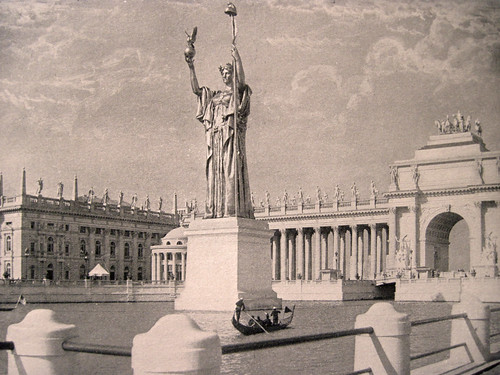
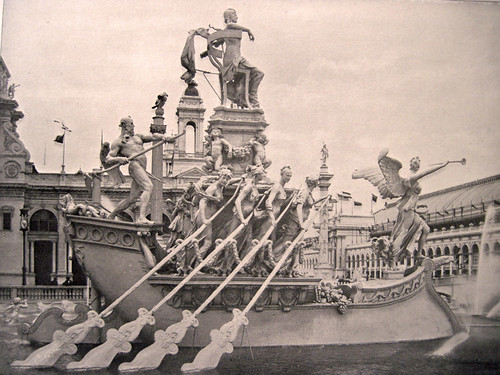
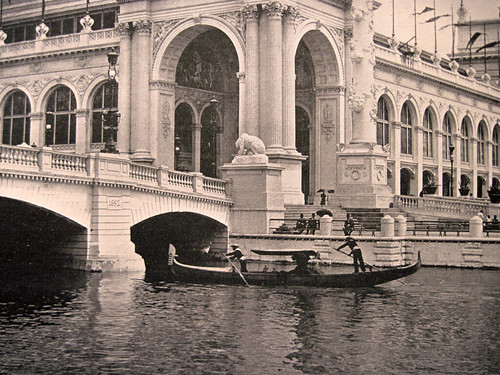
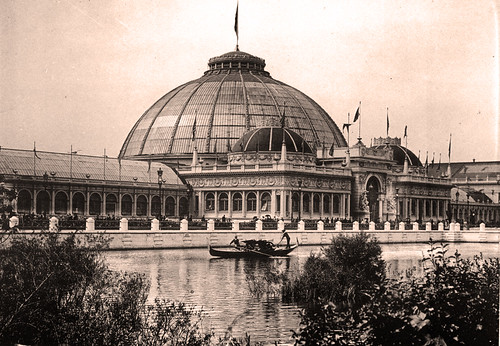
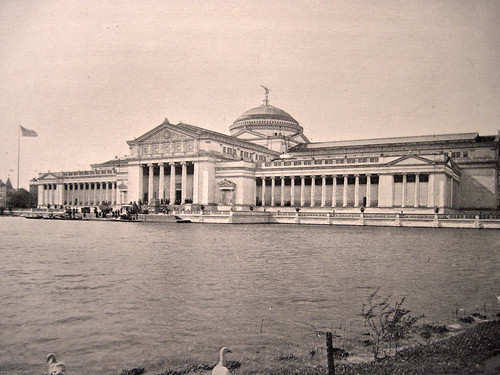
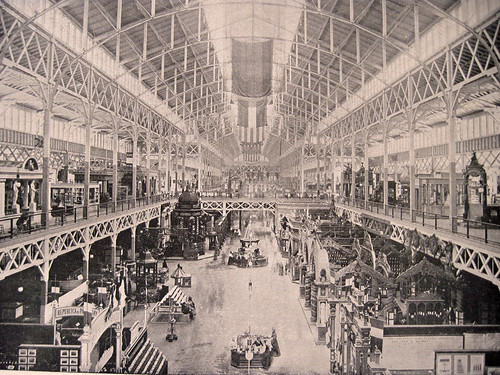
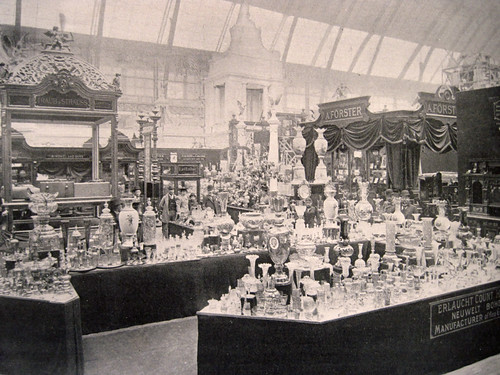

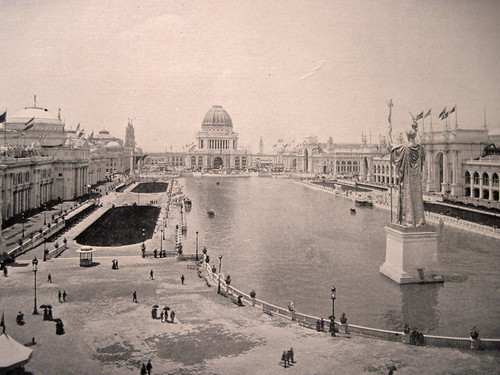
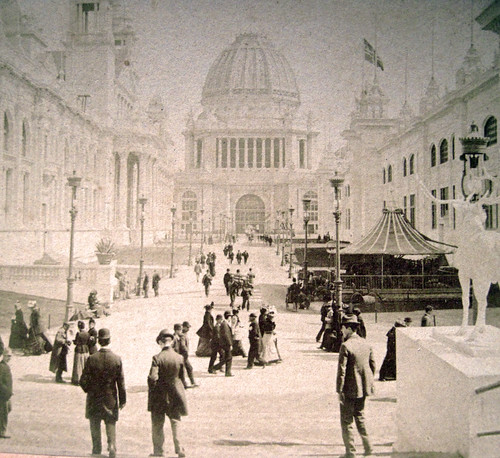
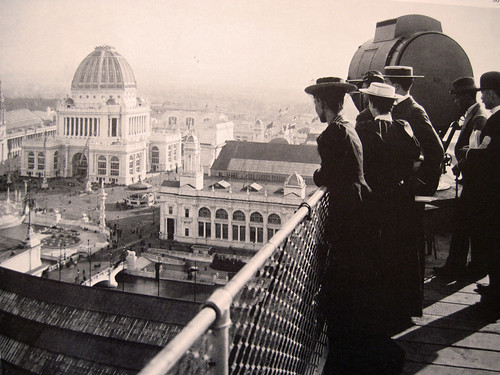
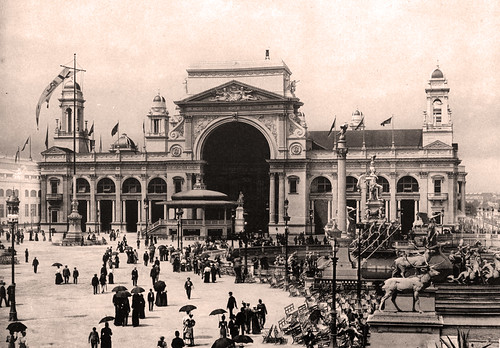
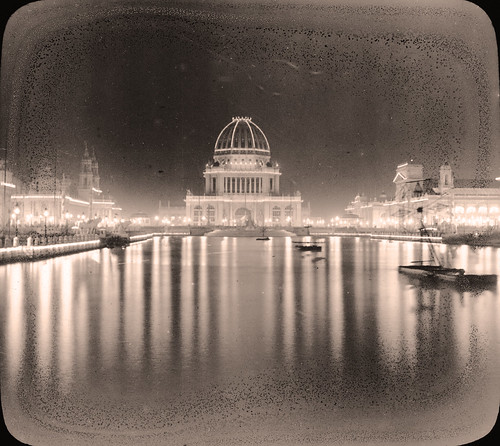
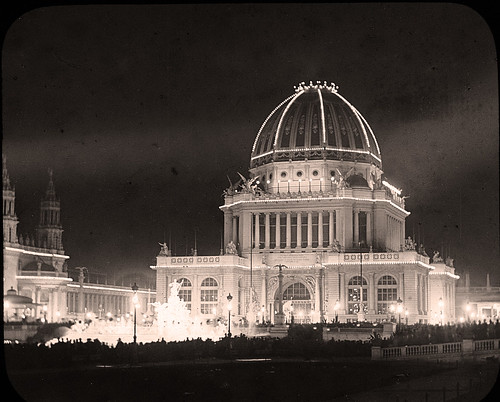
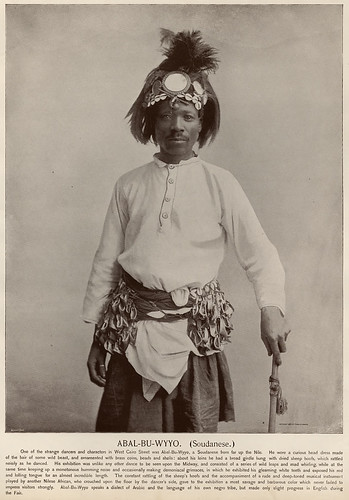
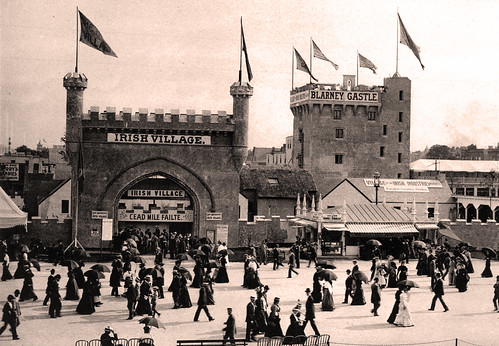
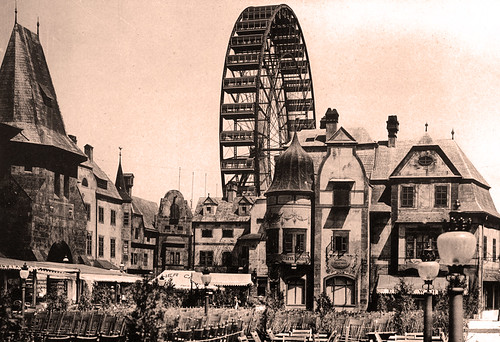
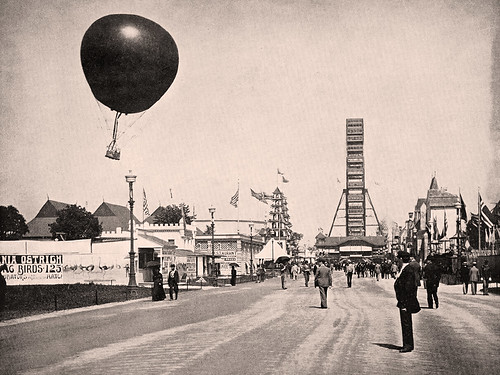
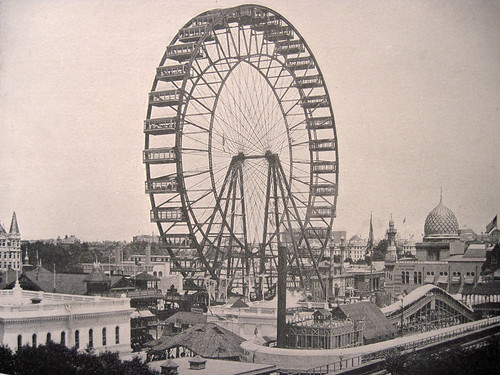
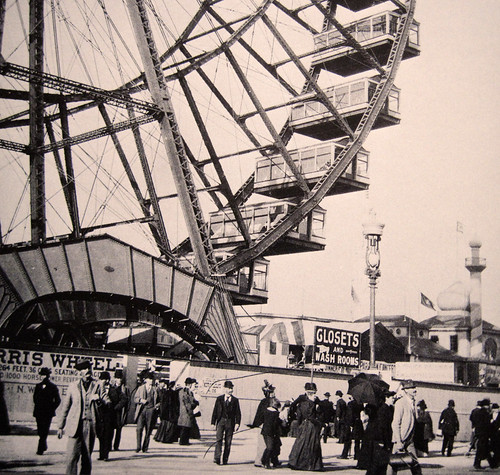
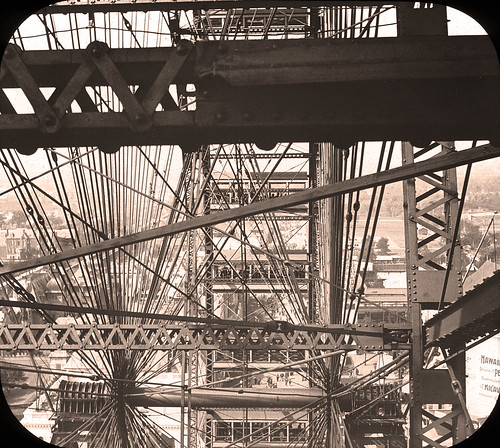

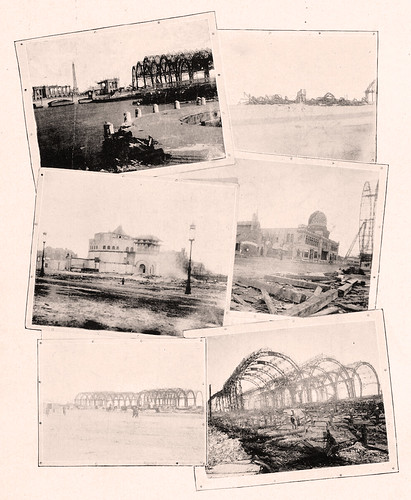


4 Comments:
Incredible - love the photographs of the ferris wheel!
Liz @ Shortbread & Ginger
Hi Liz-
Me too! I guess the closest I've come is riding the London Eye. :-)
-Pam
A fantastic post. Love the history of this exposition and your marvelous photos. Have you read the book, "The Devil in the White City: Murder, Magic, and Madness at the Fair That Changed America"? Fantastic read if you have not. Sea witch
Hi Sea Witch-
Yes, and I agree, it's a fantastic book! I like the way it goes back and forth from the murderer to the fair planning. It keeps one interested all the way through!
-Pam
Post a Comment
Subscribe to Post Comments [Atom]
<< Home